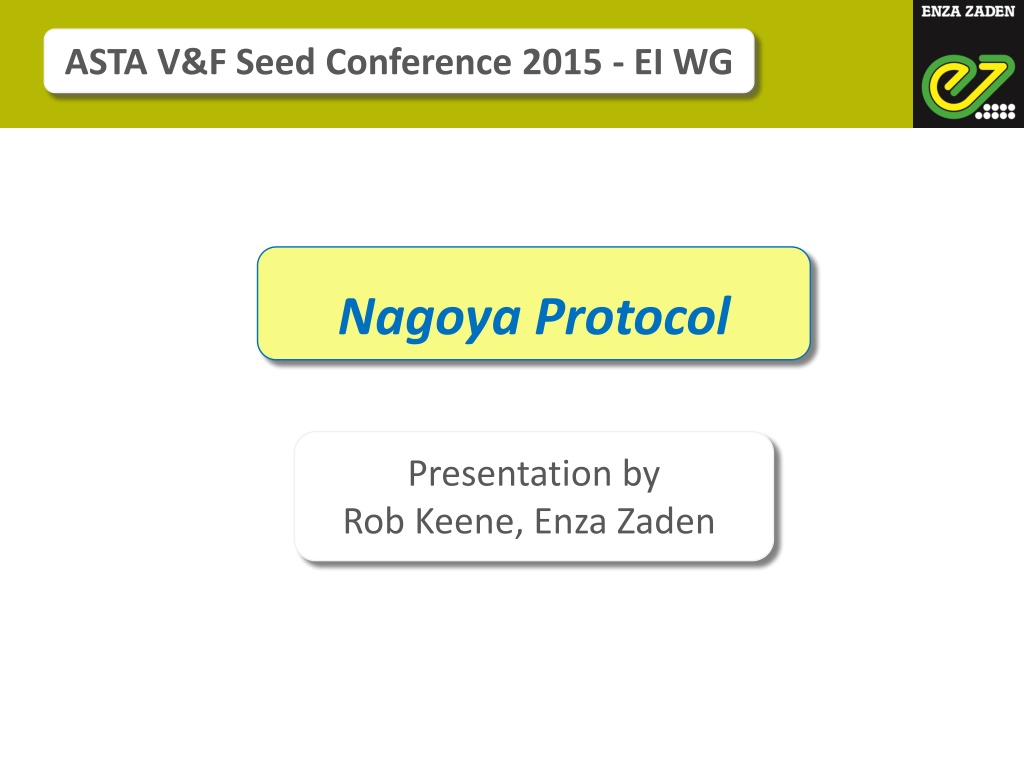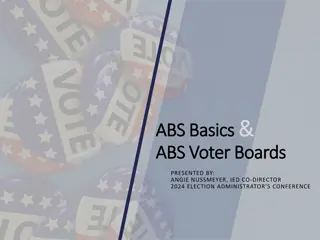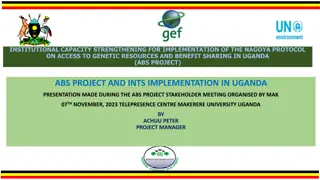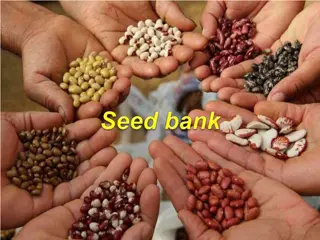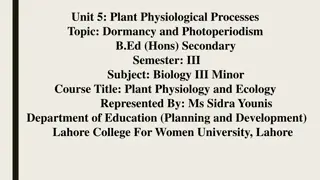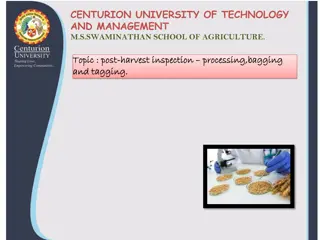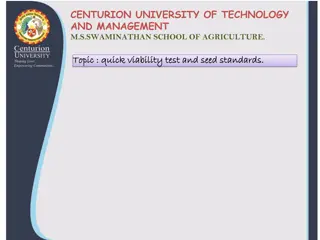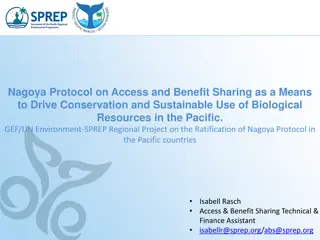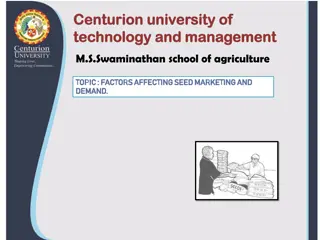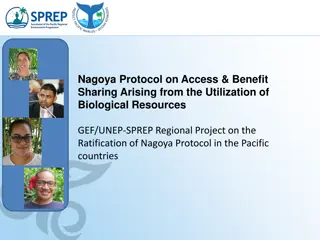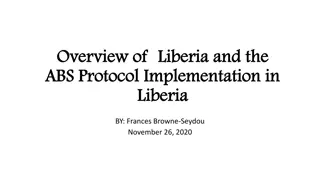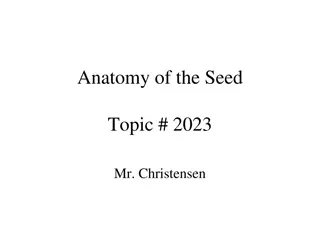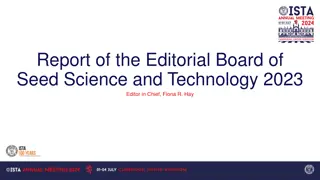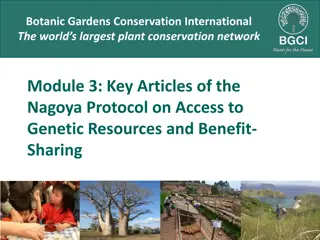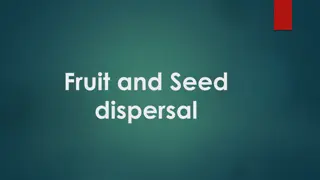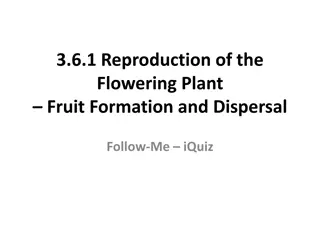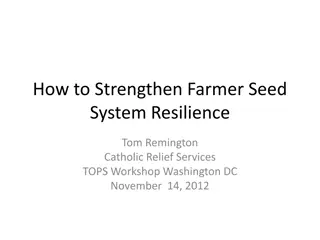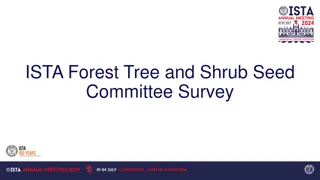Insights from ASTA.V&F Seed Conference 2015 on Nagoya Protocol & ABS Mechanisms
The ASTA.V&F Seed Conference 2015 shed light on the insufficiencies in the Access and Benefit Sharing (ABS) provisions within the Convention for Biological Diversity (CBD), leading to the necessity of the Nagoya Protocol (NP) in 2010. The NP aims to regulate access to genetic resources and traditional knowledge, establish benefit-sharing agreements, and ensure compliance in user countries. It recognizes specialized ABS regimes and emphasizes the importance of Prior Informed Consent (PIC) and Mutually Agreed Terms (MAT) for legal access to genetic resources. The discussion also focused on the ABS mechanisms of the International Treaty Plant Genetic Resources for Food and Agriculture (IT PGRFA) and the significance of Material Transfer Agreements (SMTA).
Download Presentation

Please find below an Image/Link to download the presentation.
The content on the website is provided AS IS for your information and personal use only. It may not be sold, licensed, or shared on other websites without obtaining consent from the author. Download presentation by click this link. If you encounter any issues during the download, it is possible that the publisher has removed the file from their server.
E N D
Presentation Transcript
ASTA V&F Seed Conference 2015 - EI WG Nagoya Protocol Presentation by Rob Keene, Enza Zaden
ASTA V&F Seed Conference 2015 - EI WG ABS (Access and benefit Sharing) provisions in the CBD (Convention for Biological Diversity) (194 member states) not sufficiently elaborated No appropriate national legislation and therefore ultimately no benefit sharing Developing countries especially felt that benefit sharing was not taking place
ASTA V&F Seed Conference 2015 - EI WG A binding system was needed Which resulted in the Nagoya Protocol in 2010 Access and Benefit Sharing regulates the access and use of genetic resources and traditional knowledge, and the sharing of benefits stemming from this use between providers and users. Access to plants etc nowadays cannot be assumed as given, and may not be for free
ASTA V&F Seed Conference 2015 - EI WG What does the NP regulate: Defines access rules and regulations Establishes benefit sharing agreements Assures compliance in user countries Important to note, the NP recognizes specialized ABS regimes, genetic resources used in these regimes are excluded from the NP
ASTA V&F Seed Conference 2015 - EI WG The ABS mechanism of the IT PGRFA (International Treaty Plant Genetic Resources for Food and Agriculture) is one of those recognized systems Through the NP access to genetic resources can only be obtained in a legal manner if Prior Informed Consent (PIC) and Mutually Agreed Terms (MAT) have been obtained.
ASTA V&F Seed Conference 2015 - EI WG Not required in countries which don t require them and also not necessary in case the system of the IT PGRFA is used Most people agree the SMTA (Material Transfer Agreement) may serve as PIC and MAT, however it is not officially agreed upon by Parties to the CBD and NP
ASTA V&F Seed Conference 2015 - EI WG The implementation of the NP in Europe focuses solely on compliance measures Users of genetic resources have an obligation to carry out due diligence Each company has to develop its own systems how to be sure which genetic resources enter the company, what the rules for use are and fulfill the benefit sharing obligations
ASTA V&F Seed Conference 2015 - EI WG CBD Nagoya Protocol EU regulations National law
ASTA V&F Seed Conference 2015 - EI WG 12th October 2015 cut-off date when national law has to be completed Busy interpreting the requirements of the European Nagoya Directive Obligations with carrying out due diligence? Do commercial varieties fall under the scope? How to maintain breeders exemption? ESA and National Associations active to make one policy. In The Netherlands politics and industry work together
